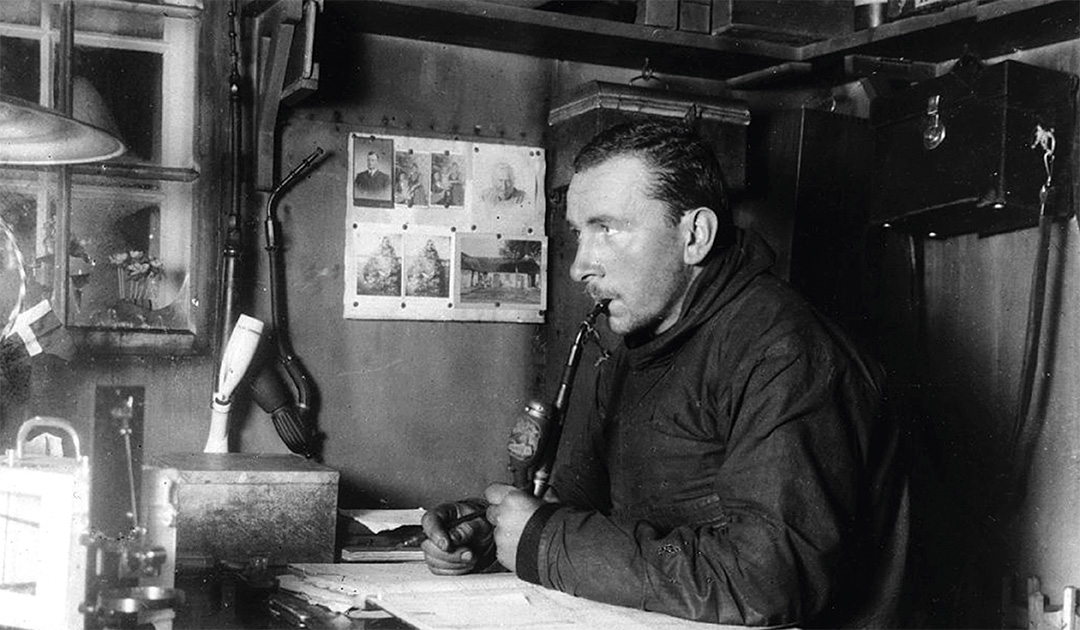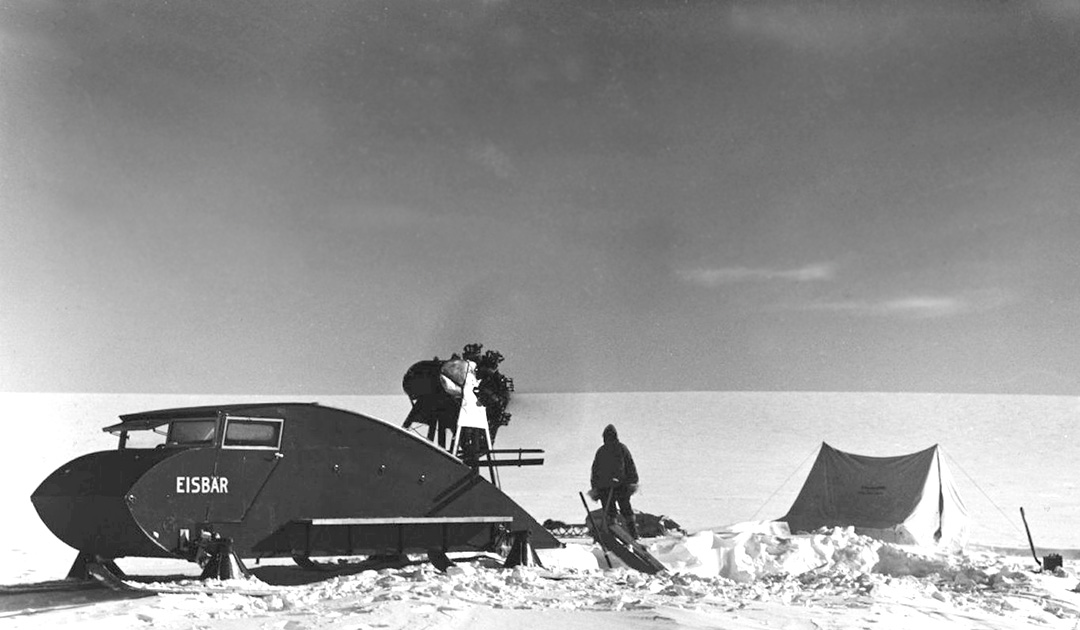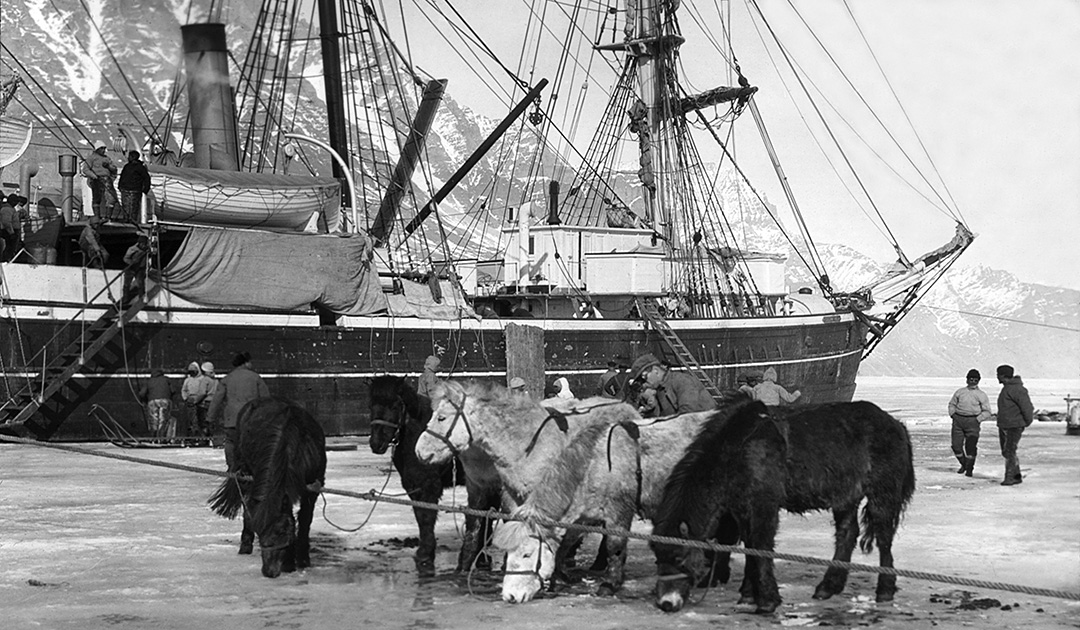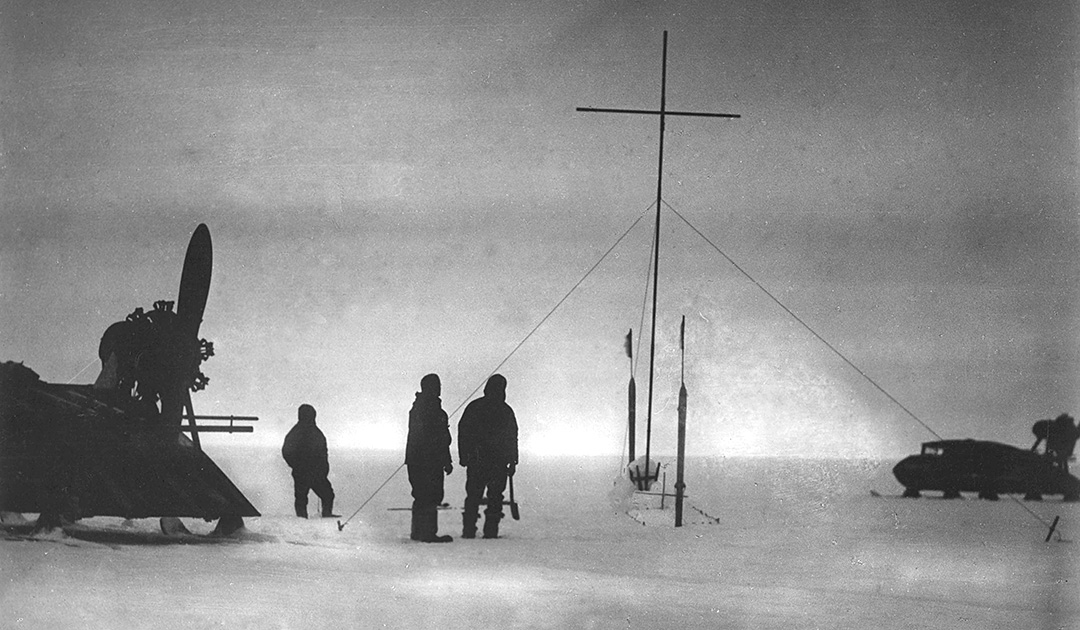
It took hundreds of years for humanity to be able to reproduce the face of our planet as an exact map. And even then a lot of time passed until someone finally looked closely and noticed that the east coast of South America fit like a piece of a puzzle to the west coast of Africa. It was the German Alfred Wegener, born in 1880 as a priest’s son, weather and space researcher, physicist and family man and one who tried to understand the world in its very big contexts.
So if, Wegener thought, South America and Africa fit together, then it may be that all continents once formed a single land mass. Wegener called this primal continent Pangea. But his fellow scientists laughed him off, called his idea the “dream of a poet” and himself a “severely infested by the pole-push epidemic”. Wegener should instead return to what he can do best: meteorology.

Wegener was the first researcher to describe turbulence in the Earth’s atmosphere, published papers on the formation of cirrus clouds, and was the first researcher to split the atmosphere into different layers – which led him to the scientific explanation of the formation of fata morganas. Just that his idea of a primal continent was not a mirage, he could never prove that sufficiently. After all, Wegener traveled through the continents and found the same types of rock everywhere.
But his favourite field of research was Greenland. Wegener first traveled here in 1906 as part of a 28-strong expedition tasked with exploring the east coast of Greenland and collecting weather data. This expedition lasted two years, and what he found (among many others) supported his primal continent theory: fossils of trees that now grow on the Mediterranean were found.

On his second trip to Greenland, he and his comrades crossed the world’s largest island from coast to coast on the eternal ice for the first time ever. A third expedition in 1929 was used to prepare for the fourth voyage, which started a year later.
Wegener was well aware of the dangers of the eternal ice: on his first trip to Greenland, the expedition leader and two of his colleagues died. The second trip turned into a fiasco, people had already slaughtered all ponies and dogs and were only saved from freezing by a missionary at the very last moment. The fact that Wegener was injured twice at the front as a reserve officer during the First World War was, on the other hand, a trivial matter. After all, the third expedition went without incident.

But his fourth was definitely his last: on the way back from one station to another, Alfred Lothar Wegener died, probably on November 16, 1930 and also probably from a heart failure due to overexertion, definitely only a few days after his fiftieth birthday. A year later, his cleanly prepared grave was found. There is still no trace of his then Greenlandic companion Rasmus Villumsen, who probably buried him. And with him, unfortunately, Wegener’s diary is also lost.

That’s just the way it is: heroes die lonely. Especially in Greenland. As a consolation, Wegener became a superhero decades later: since the 1970s, his original continent theory has been recognized as scientific. And with it Wegener’s view that the mountain massifs on the seabed are a consequence of the continental shift. Even his theory that the lunar craters are a result of meteor impacts is now taken for granted. The Alfred Wegener Institute in Bremerhaven is named after him, one of the most important centres for polar and marine research in the world. And, oh yes: For the participants in his last Greenland expeditions, Wegener designed special clothing modelled on the Greenland anorak. The model was later largely adopted by European winter sports fashion.
Author: Greta Paulsdottir






I think Wegener’s most important contribution was the expiditions drilling of the ice cores and determing the rings could provide dara about history of earths temperature.